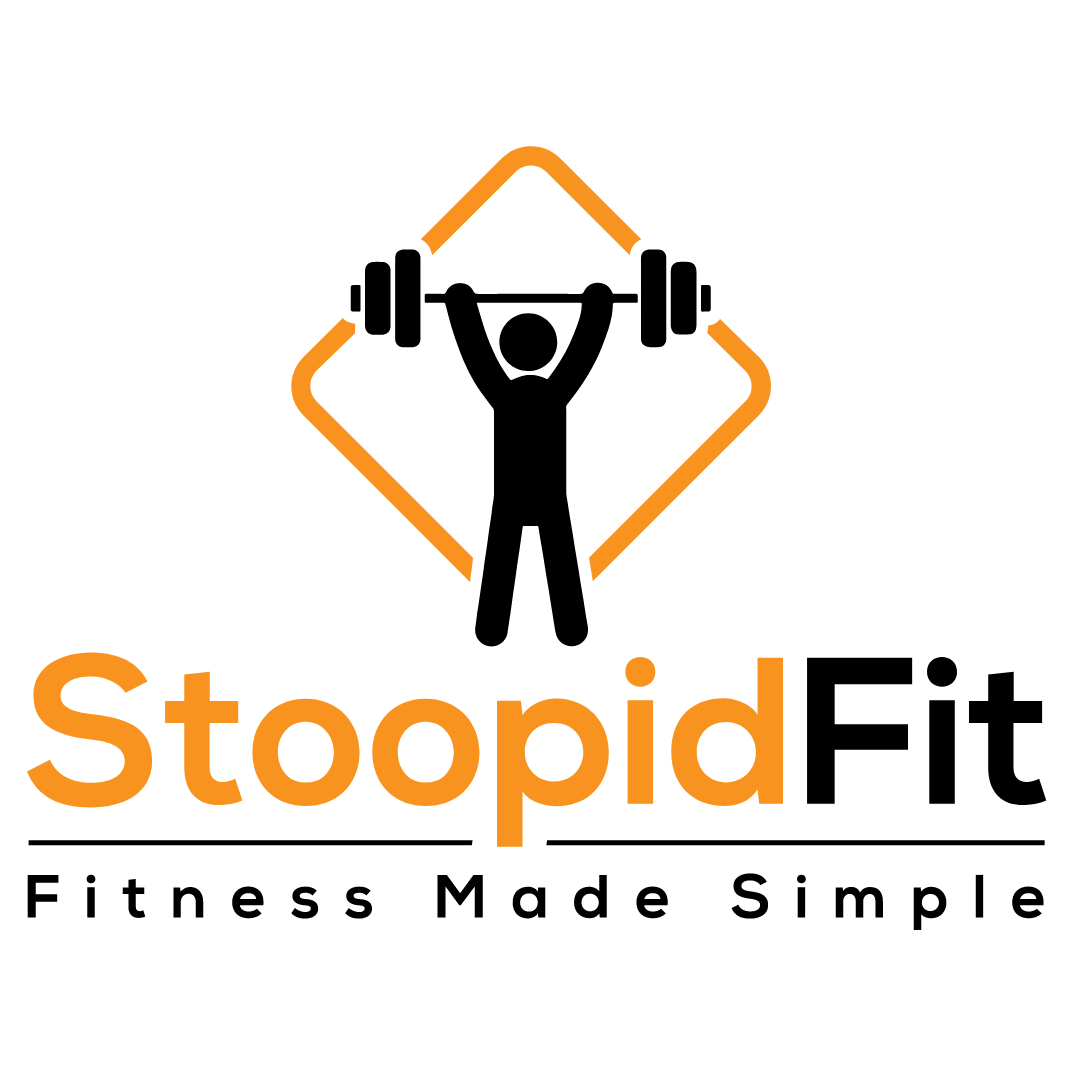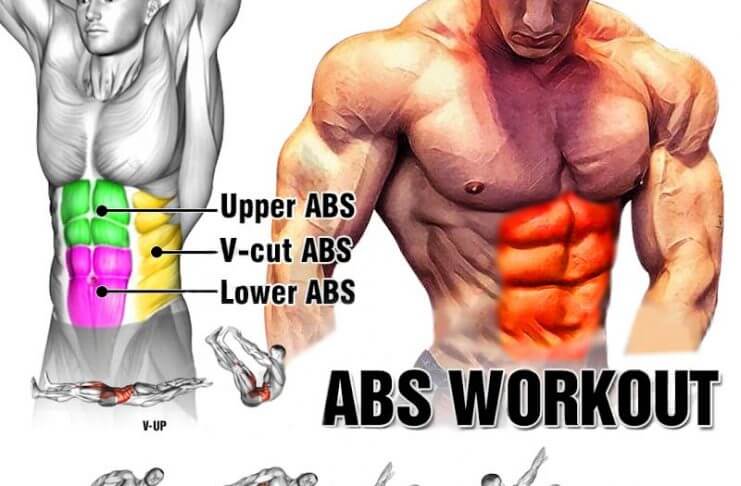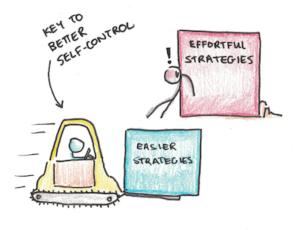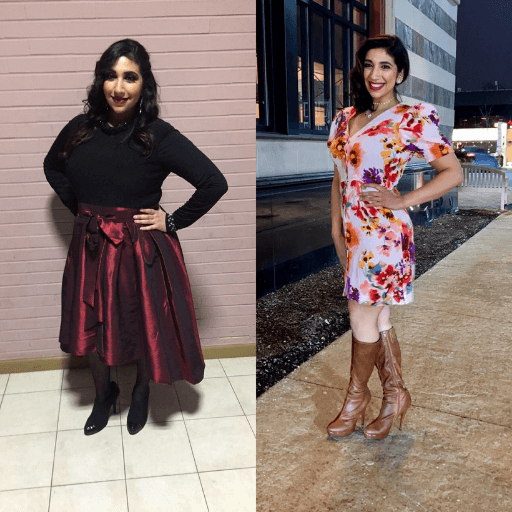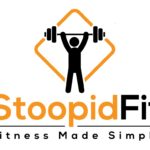For at least the last 100 years, a chiseled six-pack has been THE symbol of what a fit and in-shape person should look like.
There are few muscle groups in the human body that attracts more attention than a well-defined midsection (the glutes are also contenders of attention).
While we may love the six-pack for it’s looks, having a strong anterior core is incredibly important in providing the entire body the strength it needs to perform at a high level.
Before we get into any core training techniques, let’s first understand what the core is and how it works.
Anatomy of the Anterior Core
Now, this might surprise some of you, but your anterior (front) core muscles is made up of much more than the infamous six-pack muscles. Here’s a quick breakdown of all the muscles that make up your midsection.

Rectus Abdominis – The rectus abdominis muscles (aka the abs) originate at the crest of your pubis and insert at the mid-ribs and sternum. The main function of this muscle is to flex the lumbar spine.
External Oblique – The external oblique is the visible of the two oblique muscles. It originates at the lower ribs and has insertion points throughout the lumbo pelvic hip complex. The role of the external oblique is to flex your torso, side bend the torso to the same side, rotate the torso to the opposite side, and increases intra-abdominal pressure.
Internal Oblique – The internal oblique muscle is located right beneath the external oblique. This muscle provides support to the abdominal wall, increases abdominal pressure, and flexes/rotates the torso to the same side.
Transverse Abdominis – The transverse abdominis is your deep ab muscles and helps protect the internal organs and increase abdominal pressure so you can brace your core properly.
Why You Should Build A Strong Core

Injury Prevention – Building a strong anterior core is essential for preventing back pain. These muscles are what protect your lumbar spine during training, sports, and regular everyday activity.
A strong core is also crucial in preventing muscle strains. If your core is weak, other muscles will have to compensate in order to stabilize your pelvis and spine. This will lead to those compensatory muscles to tighten up and increase the likelihood of a strain.
Improved Posture – Due to our more sedentary lifestyles, the average person exhibits some degree of anterior pelvic tilt, one main reason being a weak anterior core. Strengthening the anterior core, as well as the glutes, and stretching out the anterior hip muscles will bring the hips back to a neutral position.
Enhanced Athletic Performance – The core muscles are the glue that links the upper and lower body together. If you’re using some cheap glue brand (aka have a weak core) your performance will suffer for it. In order to generate the maximum amount of muscle between the upper and lower body, the pelvis and spine need to be stable. Achieving this stability will lead to lifting heavier weights, lifting more explosively, and running faster.
The Sexiness Factor – I can’t pretend like this isn’t a part of the picture (it’s in the name of the blog after all). Having a well developed abs (and a low level of body fat) looks good and builds overall confidence.
It’s important to note, however, having a nice six-pack is NOT the same as having a strong and high functioning core.
Categories of Core Training

Not all core exercises are created equally. Understanding the anatomy and function of the anterior core muscles is imperative to designing a strong core training program. It’s not all crunches and planks, we can break down the specific core training into 3 categories:
Anti-Extension: Any exercise where the purpose is to resist the extension of the spine
Anti-Rotation: Any exercise where the purpose is to resist rotation of the spine.
Anti-Lateral Flexion: Any exercise where the purpose is to resist lateral flexion (bending sideways) at the spine.
Some core training exercises can fall under all of these categories at once!
Below I’ll give you a few examples of each movement variation.
Anti-Extension Exercises
Saw Planks – You can do this with a TRX or by putting your feet on some sliders. You want to keep a curved back throughout the duration of the movement. Your shoulder joint should be the main source of movement.
Hollowhold Pullover – The goal with this exercise is to keep your lower back pressed against the ground and your rib cage flat as you reach overhead with the weight. If having your legs extended is too difficult, you can bend your legs to 90 degrees.
SB Deadbug – Again, your goal here is to keep your lower back pressed against the ground and your rib cage flexed downward. Keep constant tension on your core muscles while you’re doing this.
Anti-Rotation Exercises
Plank + Plate Pull Through – The goal here is to keep your hips facing the ground as you pull the weight back and forth. Avoid twisting at the hips and only use your arm to pull the weight across to the other side.
Palloff Press – A classic anti-rotation exercise, your goal here it keep a straight body by bracing your core tightly. The load (resistance band or cable machine) will want to twist you, your job is to resist that.
Single Arm Staggered Rows – You can use a DB, KB, or Landmine for this exercise. While in a staggered stance, row the weight to your side. You want to keep your torso square and resist any rotation as you row with your single arm.
Anti-Lateral Flexion Exercises
Side Plank + Abduction – Keep your hips away from the floor and in line with your shoulders. Start with being able to hold it for 30 seconds before adding the leg abduction.
Offset Barbell Hold – This is my personal favorite, it’s deceptively difficult. Only load one side of the barbell and stand up tall with it, your body will want to tilt to one side but you need to resist and stand tall. Start with a light weight before loading the bar up.
KB 1/2 Racked Split Squat – You’re performing a regular split squat but only holding weight to one side of your body. Maintain a tall posture the entire time and resist the load from pulling your body down sideways.
Putting it All Together
Now that you know what it takes to create a powerful and sexy core, go out and make it happen! Your overall health, performance, and physical appearance will benefit in a major way. I recommend mixing and matching one movement from every category of core training once per week.
Mixing and matching your core training programming is the key here! Make sure you get a nice variety of exercises to add to the end of your training session!
